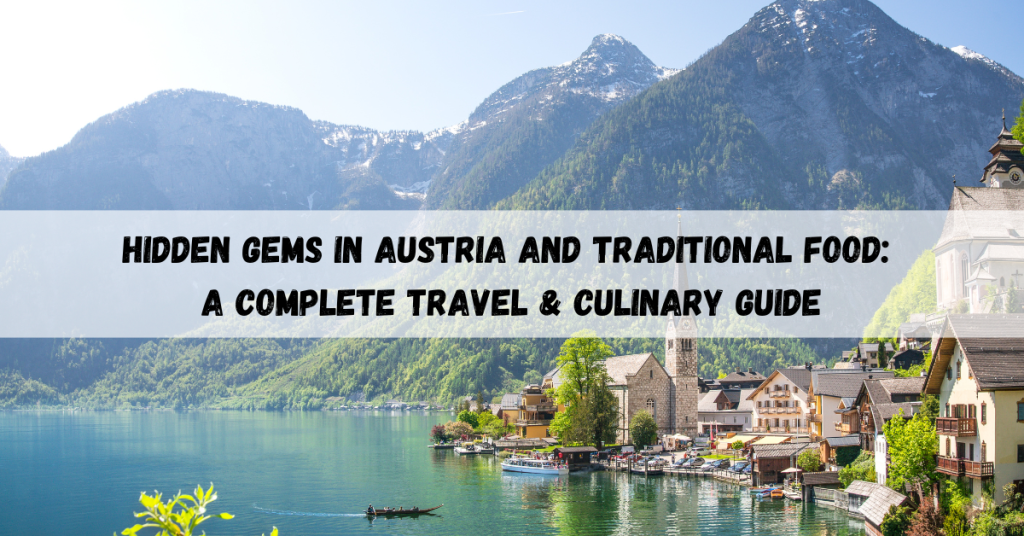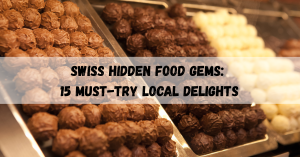Austria is a land of stunning landscapes, historic cities, and rich culinary traditions. While tourists often flock to Vienna, Salzburg, and Innsbruck, there are many hidden gems in Austria and traditional food waiting to be discovered. If you’re looking to explore Austria beyond the tourist hotspots and savor authentic Austrian cuisine, this guide will take you on a journey through Austria’s best-kept secrets and must-try foods.
Best Hidden Gem in Austria
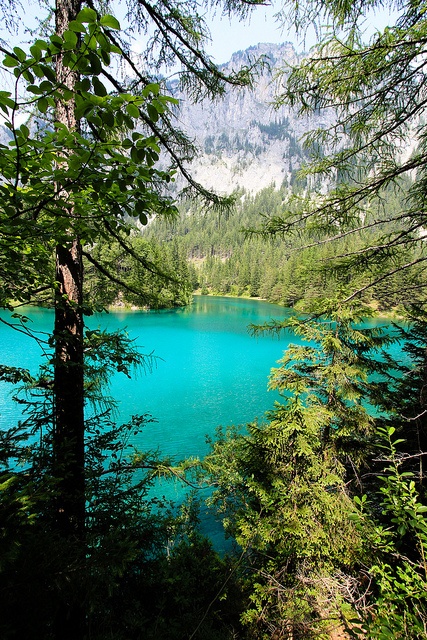
| Destination | Location | Why It’s Special |
|---|---|---|
| Green Lake | Styria | A lake that vanishes in winter and returns in summer, creating a surreal diving experience |
Why Austria is More Than Just Vienna and Salzburg
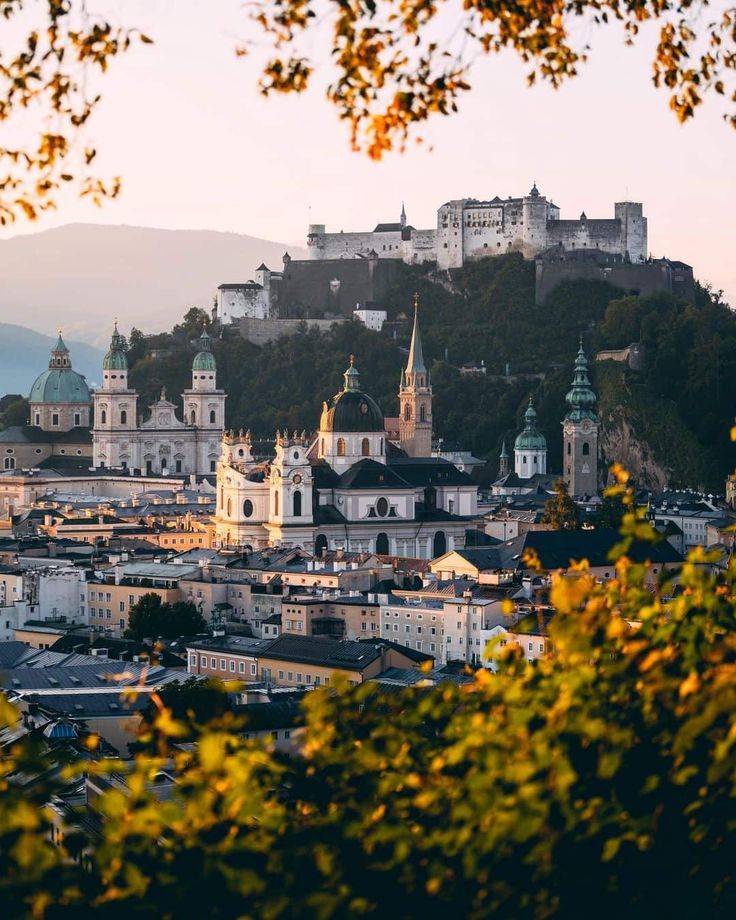
- Beyond the Capitals: While Vienna and Salzburg are must-visit cities, Austria’s true charm lies in its less-explored regions.
- A Land of Undiscovered Beauty: From mystical alpine lakes to medieval castles, Austria offers breathtaking sites away from the crowds.
- Rich Culinary Traditions: Austria’s hidden villages and mountain regions are home to authentic, time-honored recipes rarely found in tourist areas.
Hallstatt’s Secret Corners
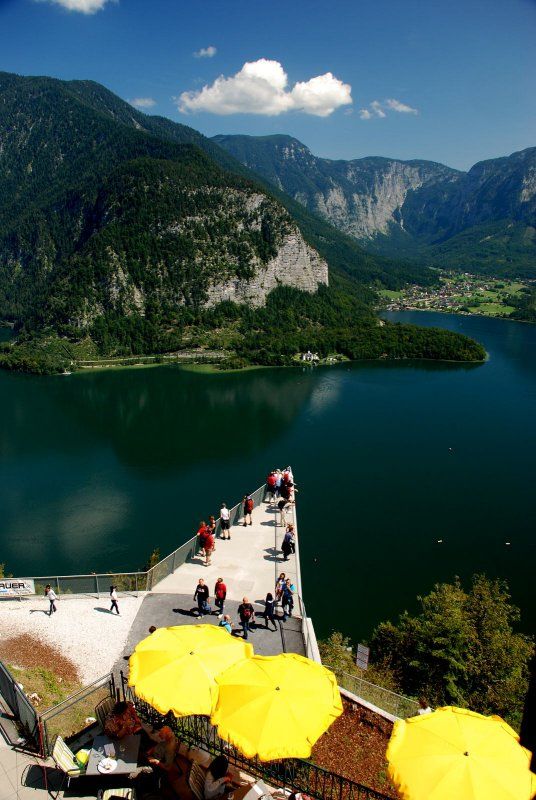
Hallstatt may be Austria’s most photographed village, but there’s more to explore beyond the famous lakeside views.
- Ancient Salt Mines: Discover the world’s oldest salt mine, where underground tunnels and the Skywalk offer breathtaking panoramas.
- Echern Valley Hike: A scenic off-the-beaten-path trail leading to waterfalls and caves, ideal for adventure seekers.
The Enchanting Wachau Valley
Nestled along the Danube River, Wachau Valley is a UNESCO-listed wine region offering a mix of vineyards, castles, and charming villages.
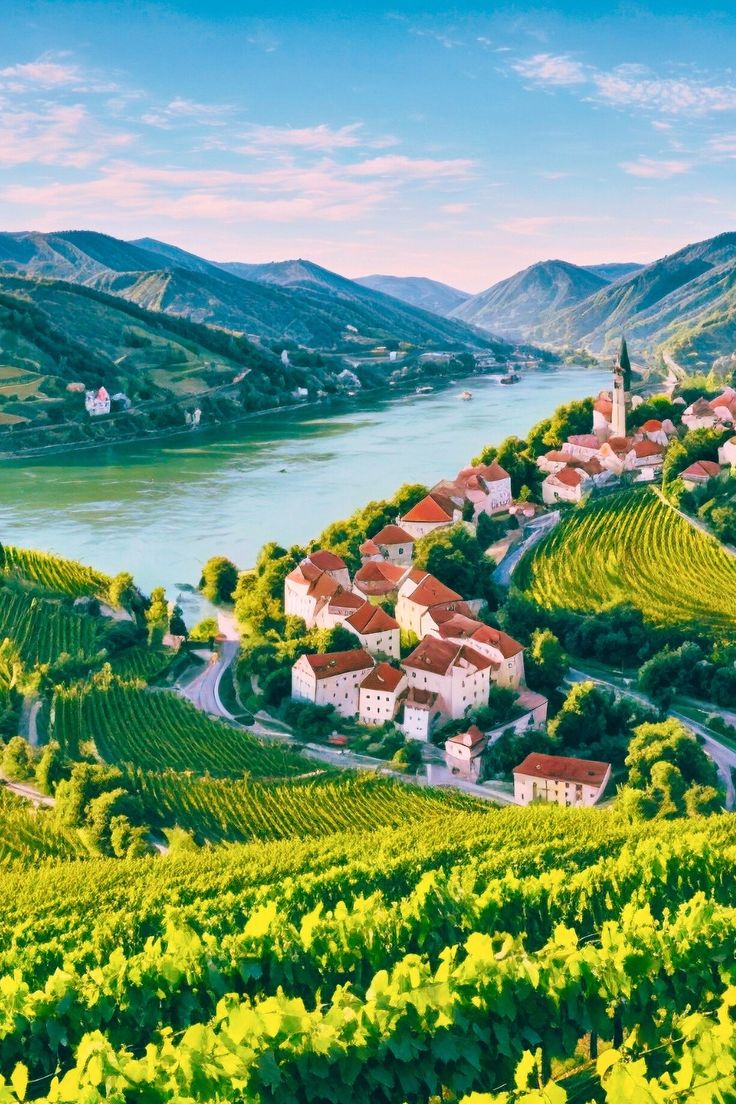
- Dürnstein Castle: Visit the ruins where Richard the Lionheart was imprisoned, offering panoramic views of the valley.
- Wine Tastings: Try Grüner Veltliner, Austria’s famous white wine, at local family-run wineries.
Green Lake: Austria’s Vanishing Lake
In the region of Styria, Green Lake (Grüner See) is one of Austria’s most fascinating natural wonders.
- A Disappearing Lake: In winter, it’s just a small pond, but in summer, melting snow submerges benches, paths, and trees, creating an underwater park.
- A Paradise for Divers: Clear turquoise waters offer an unbelievable diving experience, revealing submerged bridges and footpaths.
The Silent Night Chapel in Oberndorf
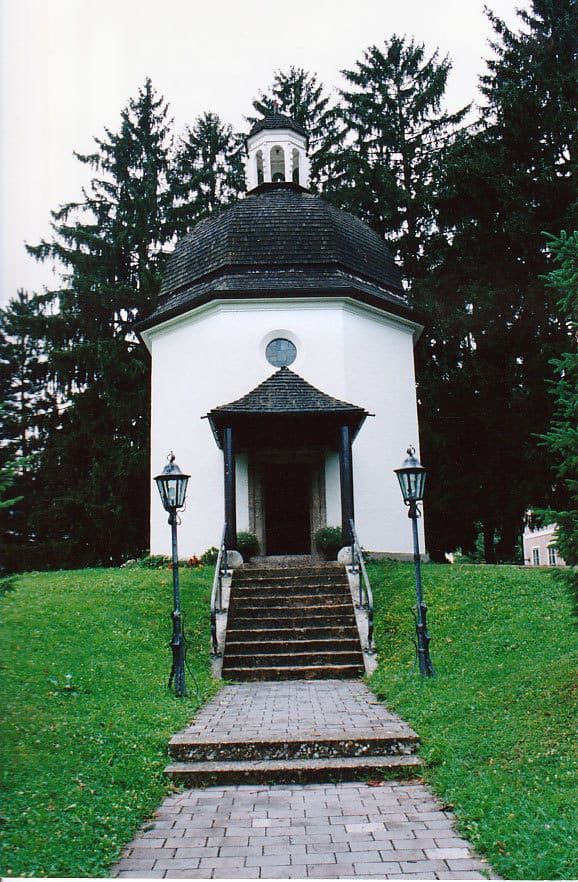
The Silent Night Chapel (Stille Nacht Kapelle) in Oberndorf, Austria, is one of the most historically significant and heartwarming sites in the country. This small, picturesque chapel is the birthplace of “Silent Night” (Stille Nacht, Heilige Nacht), one of the world’s most beloved and widely sung Christmas carols.
A Historic Landmark with a Moving Story
The chapel stands on the site where the original St. Nicholas Church once stood, where Father Joseph Mohr (lyrics) and Franz Xaver Gruber (melody) composed “Silent Night” on December 24, 1818.
- A Song Born from Necessity: The church’s organ had broken down, forcing Mohr and Gruber to compose a simple yet powerful melody for guitar accompaniment: a decision that made Silent Night unique among traditional hymns.
- A Song That Traveled the World: Over the centuries, “Silent Night” was translated into more than 300 languages, becoming an international symbol of peace and unity.
Today, the Silent Night Chapel is a protected national monument and one of Austria’s most visited Christmas landmarks.
A Magical Christmas Destination
Every year on December 24th, thousands of visitors gather at the chapel for a special candlelit ceremony, celebrating the song’s message of hope and peace.
- Christmas Eve Tradition: At exactly 5:00 PM, a crowd of choirs, locals, and international visitors sings Silent Night in multiple languages, creating a moving and unforgettable atmosphere.
- Festive Market & Museum: Next to the chapel, the Silent Night Museum showcases historical artifacts, letters, and musical manuscripts related to the carol’s history.
- Peaceful Winter Ambiance: The chapel is surrounded by snow-covered landscapes, glowing lanterns, and a holiday market selling traditional Austrian Christmas treats.
Krimml Waterfalls: Austria’s Hidden Nature Gem
Krimml Waterfalls, Austria’s highest waterfalls, are a must-see natural spectacle in the Hohe Tauern National Park.
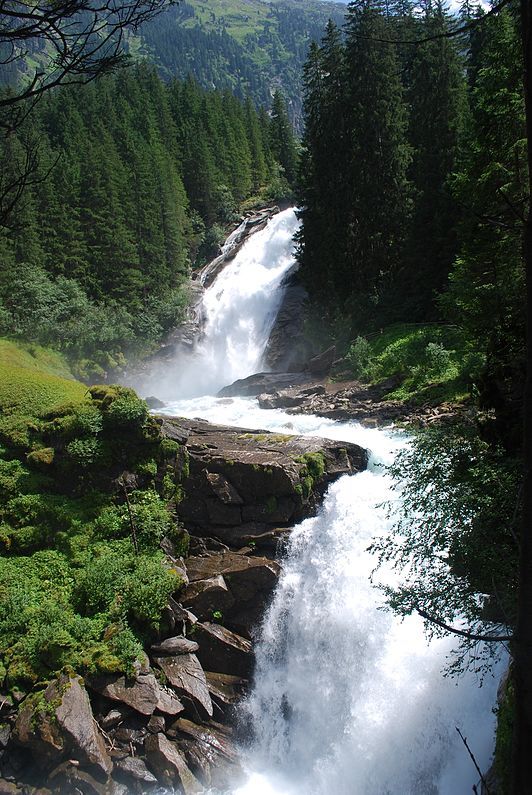
- A Three-Tiered Wonder: The falls plunge 380 meters, creating a misty, refreshing atmosphere perfect for summer visits.
- Scenic Hiking Routes: Well-marked trails lead to close-up viewpoints, offering a breathtaking experience in the Austrian Alps.
Best Austrian Dish to Try
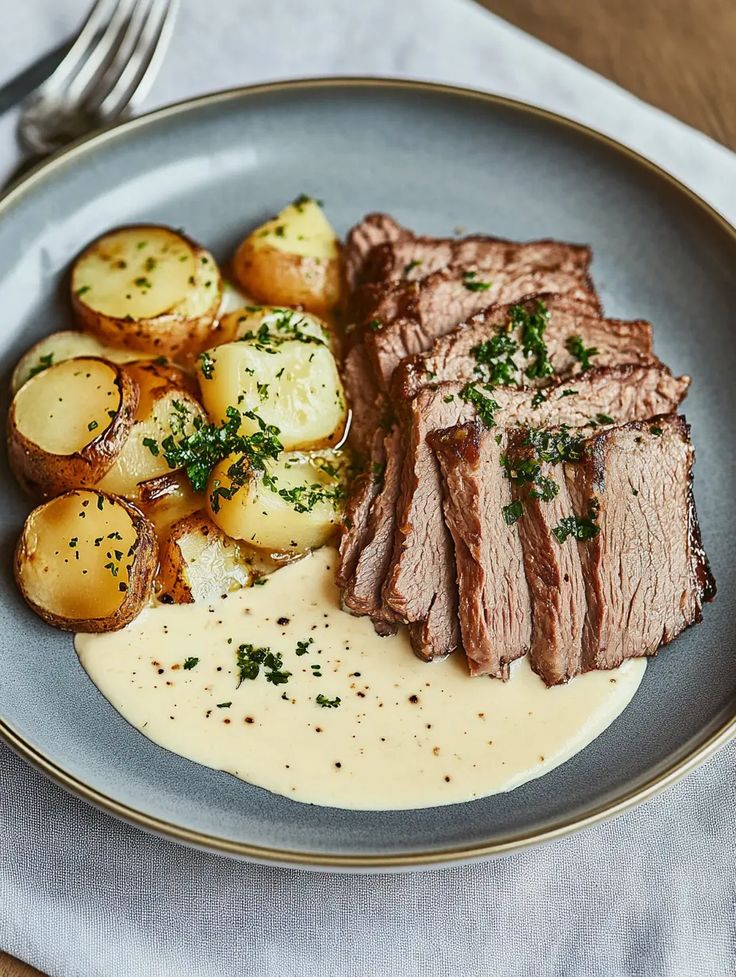
| Dish | Description |
|---|---|
| Tafelspitz | Slow-boiled beef served with horseradish, apple sauce, and chive sauce |
Wiener Schnitzel vs. Tafelspitz
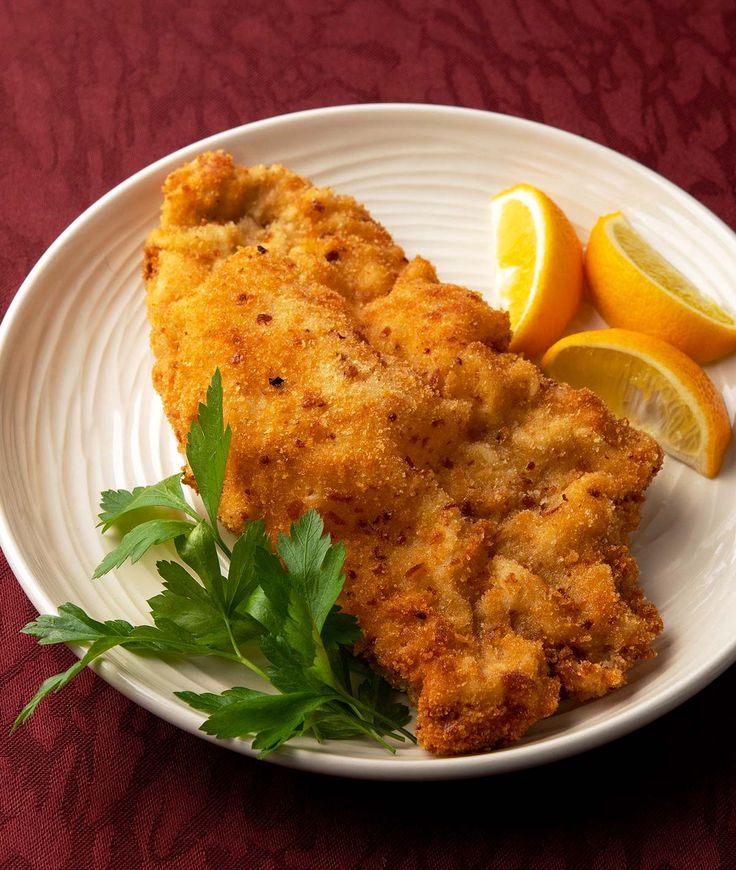
- Wiener Schnitzel: Austria’s signature dish, a crispy breaded veal cutlet, often served with potato salad.
- Tafelspitz: A slow-cooked beef delicacy, traditionally served in broth with flavorful sides.
Kaiserschmarrn: The Emperor’s Pancake
This fluffy, caramelized pancake is a favorite Austrian dessert.
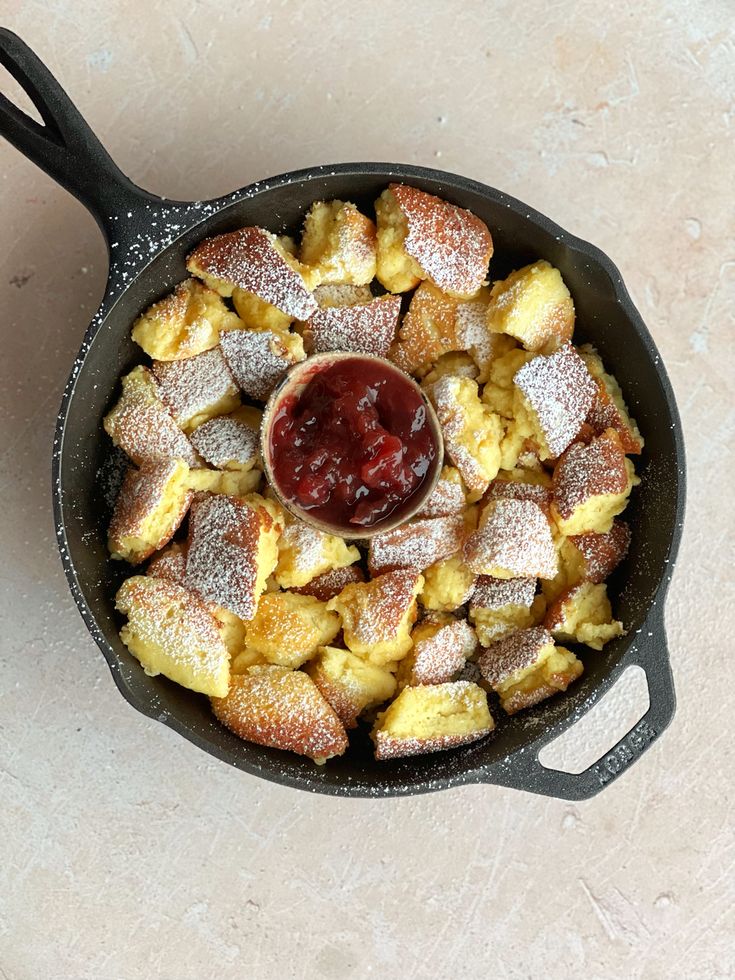
- Named After an Emperor: Originally made for Emperor Franz Joseph I, Kaiserschmarrn is now a beloved Alpine treat.
- Perfect Comfort Food: Often served with powdered sugar, raisins, and fruit compote, making it a must-try for sweet lovers.
Hidden Culinary Gems in Austria
Austria is full of lesser-known but delicious traditional foods.
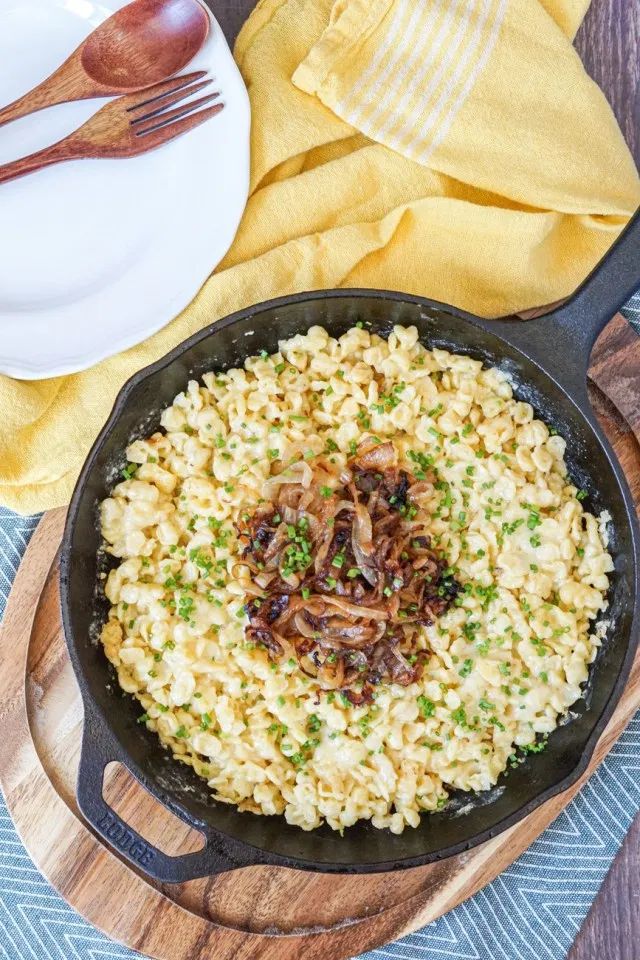
- Kasnocken: Cheesy dumplings that are a staple in the Austrian Alps.
- Blunzn (Blood Sausage): A rich, hearty dish best enjoyed in rural taverns.
Best Places to Experience Authentic Austrian Cuisine
Austria’s rich culinary scene is best experienced in its traditional inns, lively markets, and hidden food spots, where locals gather to enjoy authentic, home-cooked meals. Whether you’re looking for a cozy countryside tavern or a bustling market in Vienna, here are the best places to taste Austria’s most traditional dishes.
Traditional Gasthäuser: The Heart of Austrian Cuisine
Gasthäuser (family-run inns) are the best places to experience authentic Austrian food. These historic establishments have been serving homemade, time-honored recipes for generations.
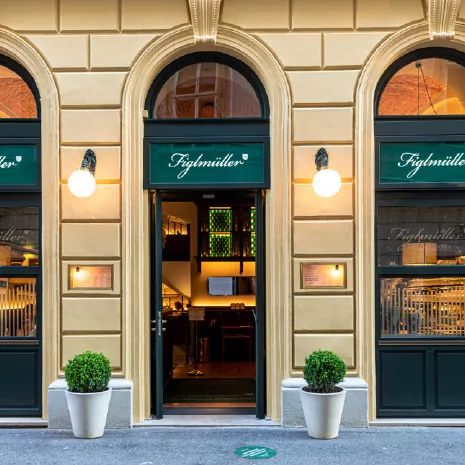
- What to Expect: Gasthäuser offer cozy wooden interiors, warm hospitality, and menus filled with Austrian classics like Wiener Schnitzel, Tafelspitz, and Kaiserschmarrn.
- Where to Find Them:
- Figlmüller (Vienna): Famous for its giant Wiener Schnitzel.
- Gasthaus Pürstner (Vienna): A historic, family-run inn serving hearty Austrian dishes.
- Gasthof Goldener Hirsch (Salzburg): A 600-year-old inn offering traditional Alpine specialties.
- Landgasthof Hubertushof (Styria): Perfect for regional Austrian flavors like pumpkin seed oil dishes.
Gasthäuser are the best way to eat like a local, enjoying homemade, hearty dishes in a welcoming atmosphere.
Vienna’s Naschmarkt: A Culinary Treasure Trove
Naschmarkt is Vienna’s most famous food market, offering a mix of Austrian street food, fresh produce, and specialty ingredients.
- A Historic Market: Dating back to the 16th century, Naschmarkt has over 120 food stalls, making it a must-visit for food lovers.
- What to Try:
- Käsekrainer: A juicy, cheese-filled sausage, a favorite Austrian street food.
- Leberkäse: A warm meatloaf sandwich, best eaten with mustard and a crusty roll.
- Brettljause: A traditional Austrian cold-cut platter with smoked ham, cheese, and pickles.
- Best Time to Visit: The market is busiest on Saturdays, where you’ll find fresh regional cheeses, artisanal bread, and authentic Austrian delicacies.
Naschmarkt is not just a market it’s a food experience, where visitors can taste, shop, and discover Austria’s rich culinary heritage.
More Hidden Food Spots to Explore
- Augustiner Bräustübl Tavern (Salzburg): A historic beer hall serving hearty Austrian comfort food in a monastery setting.
- Gasthaus Ubl (Vienna): A local favorite, offering classic Austrian home cooking with a rustic charm.
- Steirereck (Vienna): One of Austria’s best Michelin-starred restaurants, serving modern takes on traditional Austrian dishes.
Whether you choose to dine in a centuries-old Gasthaus, sample street food at Naschmarkt, or indulge in fine dining, Austria’s food culture is deeply rooted in tradition, quality, and hospitality.
Austria is more than just its famous cities, it’s a country filled with hidden gems and culinary delights. Whether you’re exploring Wachau Valley’s castles or tasting authentic Tafelspitz in a traditional Gasthaus, Austria offers an unforgettable experience beyond the tourist hotspots.
Frequently Asked Questions (FAQs)
What is Austria’s most underrated travel destination?
Green Lake is one of Austria’s most unique hidden spots.
Where can I try the best traditional Austrian food?
Local Gasthäuser and family-run wineries offer the most authentic cuisine.
Which Austrian dessert is a must-try?
Kaiserschmarrn, a fluffy caramelized pancake, is a must-have.
When is the best time to visit Austria for food lovers?
Autumn is great for wine tastings and harvest festivals.
Are there vegetarian options in Austrian cuisine?
Yes! Kasnocken and vegetable strudels are delicious vegetarian dishes.
